Archeologists Find Fascinating Clue That Reveals How the Mayan Reign Ended
Archaeological findings in a Maya site in Guatemala are giving us clues about how the Mayan civilization might have ended.
But instead of calling it the proper end of the civilization, the researchers involved in studying these findings would rather call it as a “pivot point around” that alluded to what happened in the Late Classic era of the Mayan reign.
The Discovery
Archaeologists found clues to a great fire in Guatemala from the Late Classic era, circa 733 and 881 AD, that marked a very public turning point in Mayan rule. They said the discovery signified “a public dismantling of an old regime.”
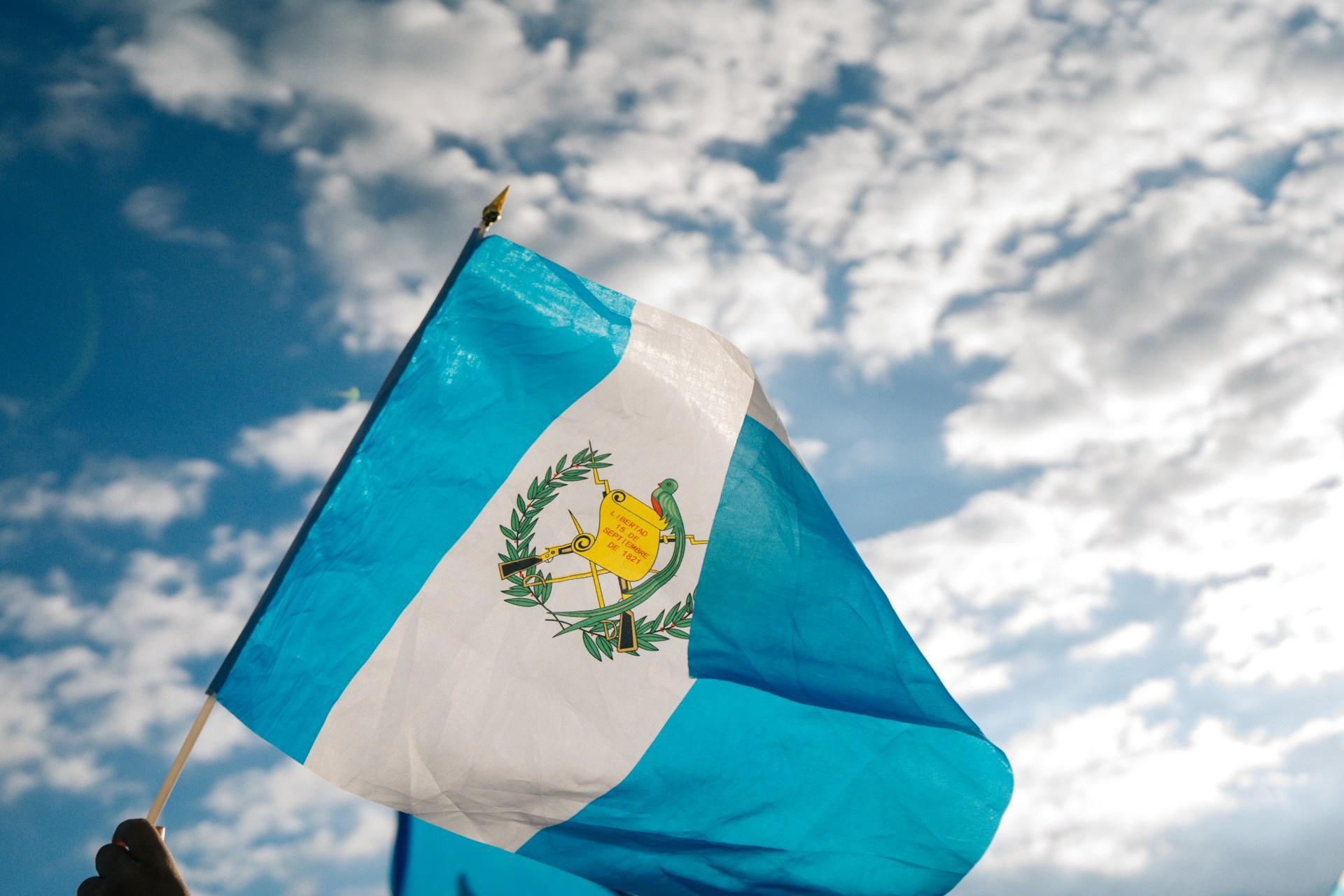
Source: Shalom de León/Unsplash
It could be considered a pivotal moment in the collapse of rulers, showing a shifting of political power, which is quite rare from an archaeological find.
An Ancient Metropolis
The discovery happened in a site named Ucanal, located around 249 miles or 400 kilometers north of Guatemala City. It’s a lowland city in present-day Guatemala.
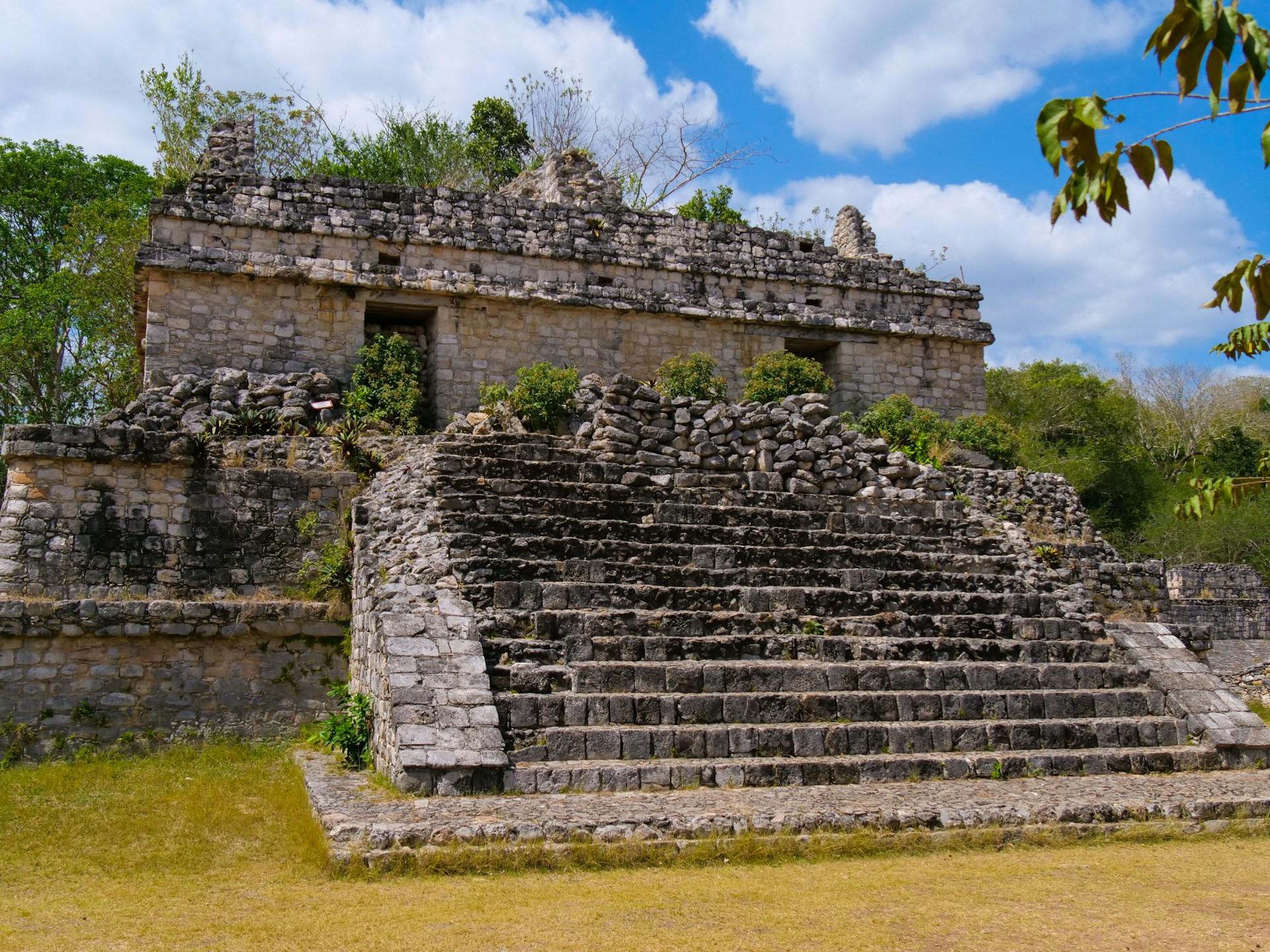
Source: Florian Delée/Unsplash
The ancient metropolis was the capital of a Mayan kingdom called K’anwitznal. In Ucanal’s peak, happening roughly from 630 to 1000 A.D., the city settlements covered about 10 square miles (26 square kilometers.)
The Major Fire Event
Writing in the journal Antiquity, the authors of the study (led by Christina Halperin at the University of Montreal) described the event of the fire happening at the capital of K’anwitznal kingdom, near a burial site.
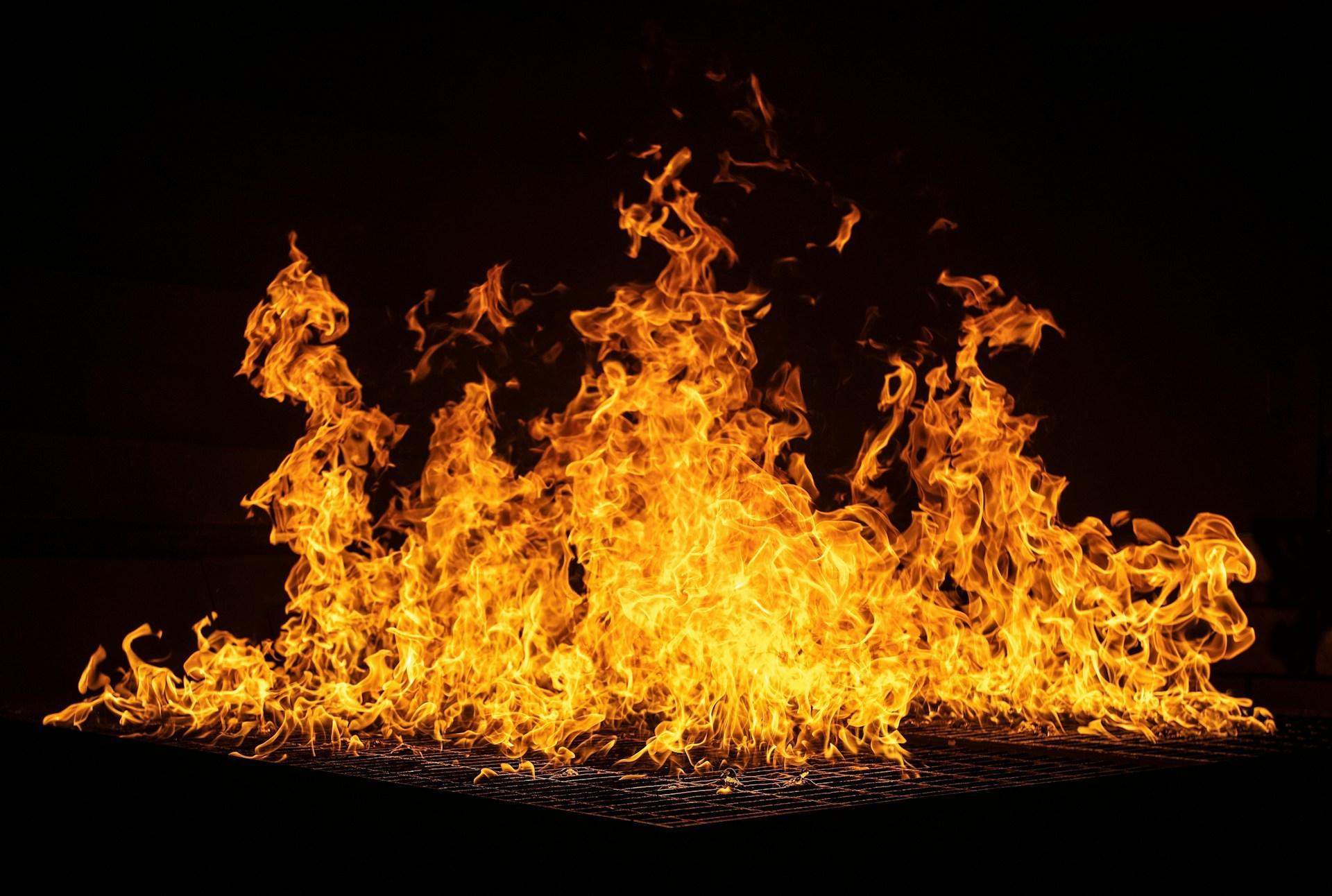
Source: Ricardo Gomez Angel/Unsplash
There were bodies found with ornaments, including a jewel-adorned stone mask, fragments of a greenstone diadem, and jade ornaments—some of which were centuries old. The authors theorized they were moved from a tomb to a very public site to be burned.
A Royal Disrespect
This act showed that the dead royals were being disrespected by having their tombs raided and corpses burned. The one showing the disrespect would potentially be a new political leader.
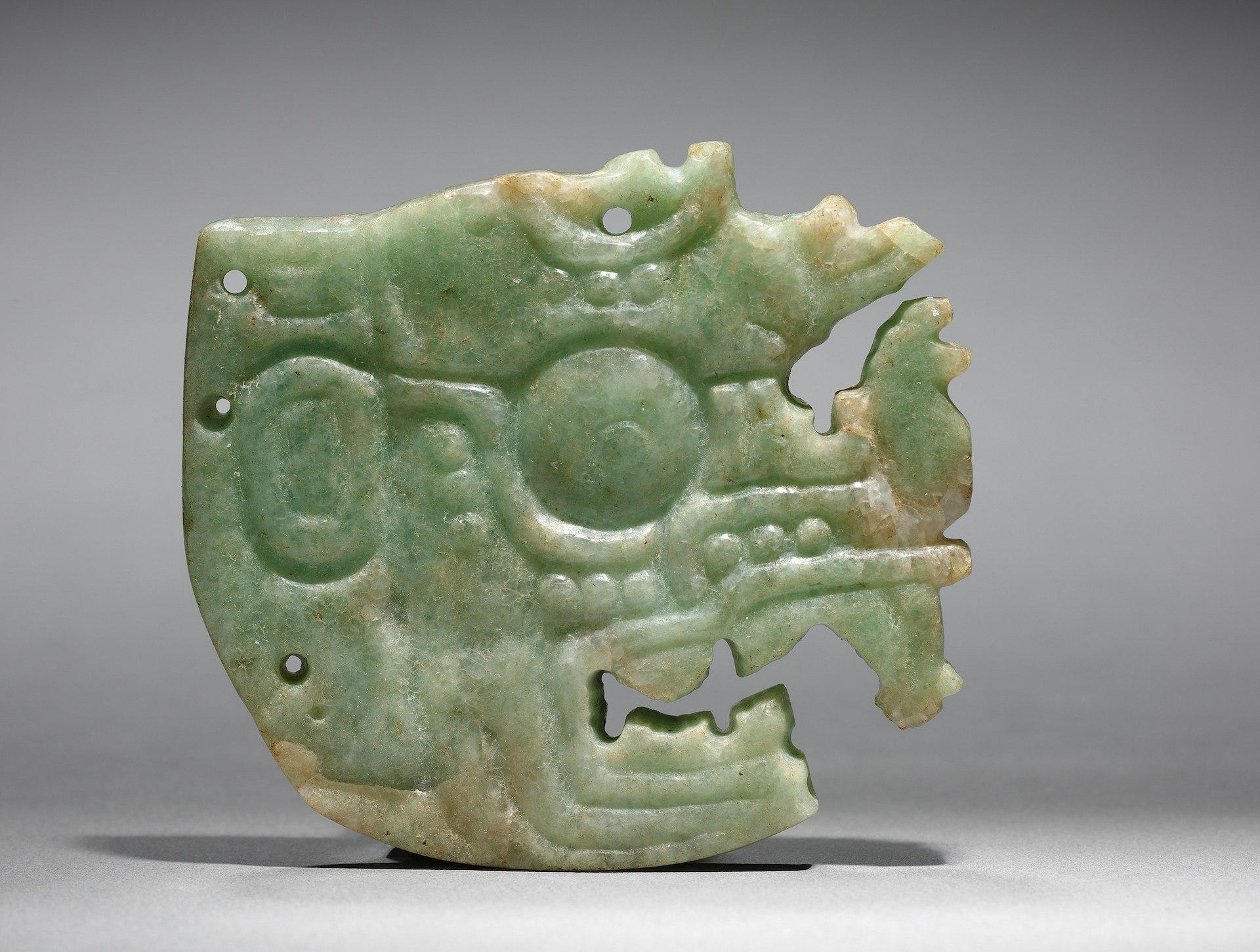
Source: Cleveland Museum of Art/Wikimedia Commons
Tombs of former rulers would’ve been filled with treasures, but they—along with the corpses—were “unceremoniously” thrown into a new pyramid. The move would’ve likely been symbolic of a political ritual, done in public for everyone to see.
The Desecrated Royals
The archaeologists believed at least four adults—three of them believed to be male—were part of the burn remains. Two of them were between 21 and 35 years old, and one was between 40 and 60 years old.

Source: Smithsonian Magazine (@smithsonianmagazine)/Instagram
There were also 1,470 fragments of greenstone pendants, beads, plaques, mosaics, and blades with them, which contributed to their statuses as royals.
The Rise of a New Leader
Who could be the leader of this new regime wanting to remove the royal line? The identity of this new, non-royal leader belonged to a figure named Papmalil. There was very little written about him in the historical records about his rise to power. He did, however, usher in a new era of prosperity.

Source: Hubertl/Wikimedia Commons
He had an official title (“ochk’in kaloomte,” or “western overlord”), which was associated with military leaders. So it was entirely possible that Papmalil was enacting a political and military coup against the royals of old.
The Beginning of a New Era
The ritual burning of the previous rulers of the kingdom would be the one to highlight the shift in leadership, according to the researchers, and Papmalil executed this act to mark his era of leadership.

Source: Artem Sapegin/Unsplash
”Papmalil’s rule was not only seminal because of his possible foreign origins—perhaps breaking the succession of ruling dynasts at the site—but also because his rule shifted political dynamics in the southern Maya lowlands,” according to the study.
Reinvention of a Kingdom
After the power shift, there was significant construction in the civic-ceremonial center of the kingdom, as well as the outer residential zones. This, the authors said, marked a moment of change in the kingdom and the lowlands.

Source: Enrico Ferorelli, Doug Stern/Wikimedia Commons
“Rather than examine this fire-burning event as a bookend to Maya history, we view it as a pivot point around which the K’anwitznal polity reinvented itself and the city of Ucanal went on to a flourishing of activities,” they stated in their study.
Why the Old Regime Was Destroyed
The study found no specific reason why the old regime was destroyed but there was no doubt that the event was an “act of desecration.” The remains and ornaments were dumped at the edge of a crude wall used as a construction pen, after all.
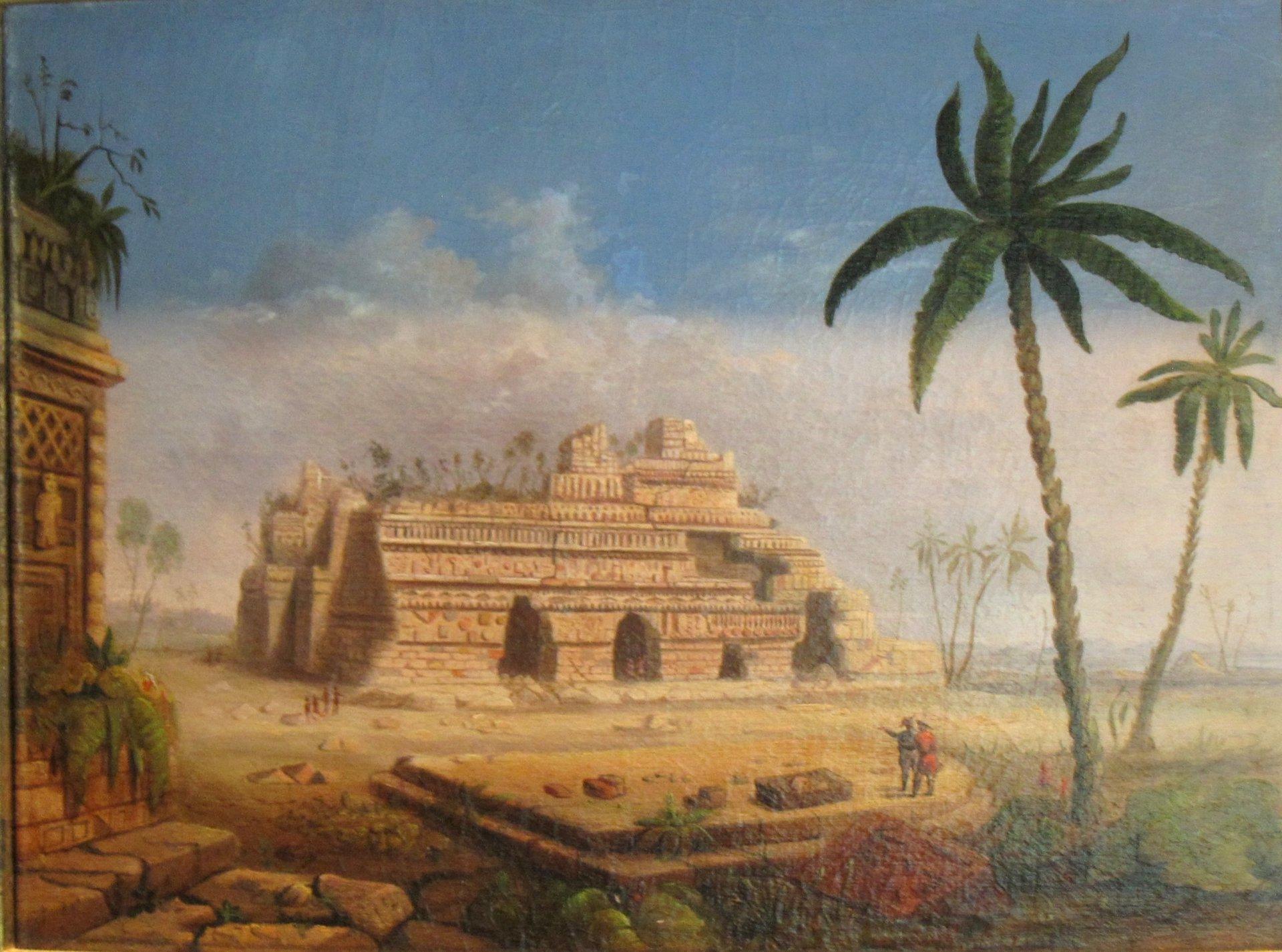
Source: Robert Seldon Duncanson/Dayton Art Institute/Wikimedia Commons
There was also no effort made to protect the fragmented bones and ornaments from the tomb blocks deposited on top of them as construction fill. The discovery of the fire during the 2022 excavations was made in the construction of a temple-pyramid situated in a public plaza.
Ritual Desecrations Not Uncommon
It does sound dramatic to use royal bones and treasures as construction fill. But ritual descrations like this were not strange in the civilization’s culture. The Maya had a term for it: “och-i k’ak’ t-u-muk-il,” or “the fire entered his/her tomb.”
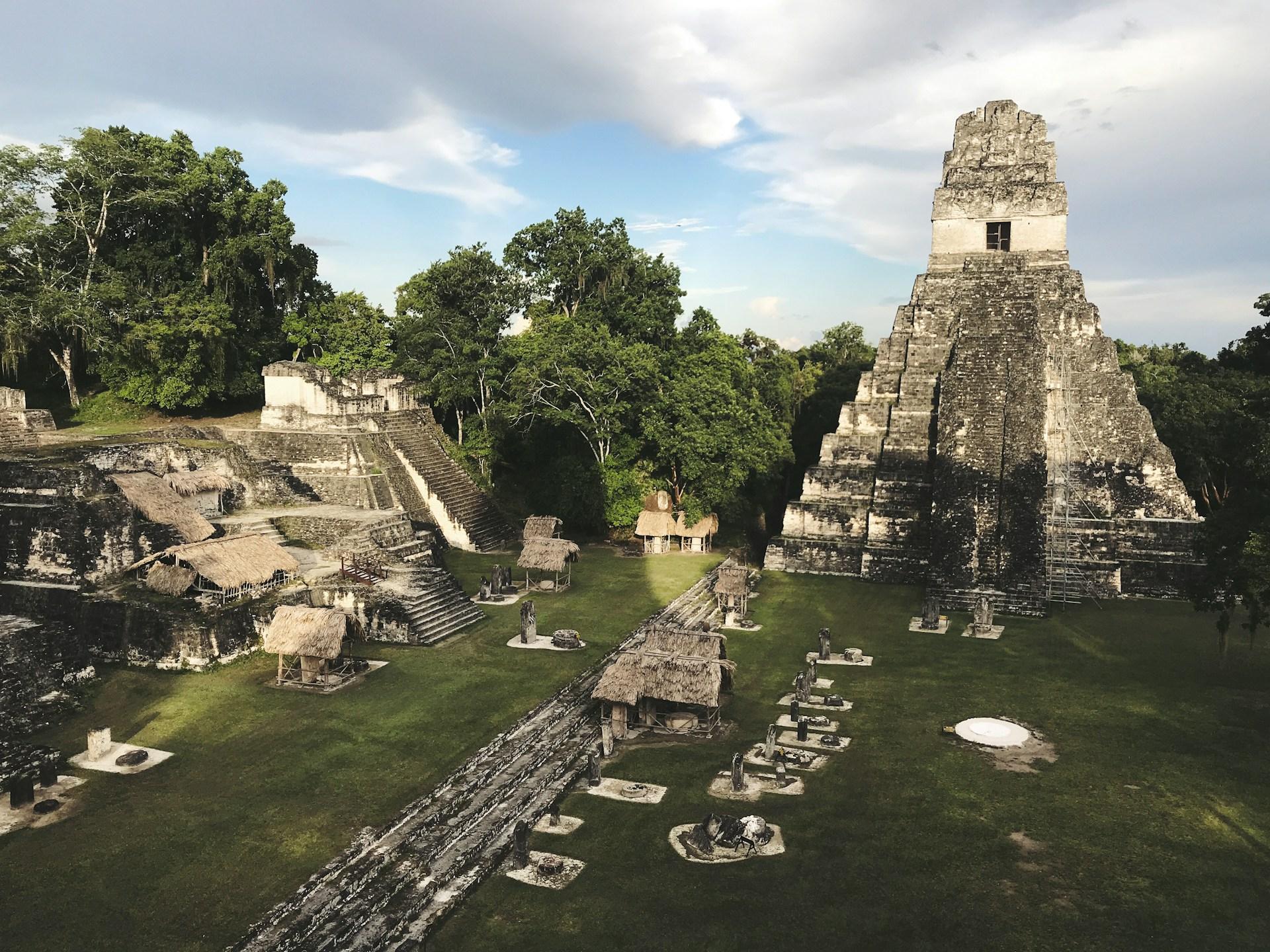
Source: Jimmy Baum/Unsplash
Since there were no scorch marks in the space where the bones and artifacts were found, the burning was thought to be somewhere else. All were burned at a temperature reaching 800 degrees Celsius (1472 Fahrenheit).
Exciting Insight Into Maya Culture
Halperin said that finding ancient Maya evidence that shows transformative social change is very exciting. “We know so little about the politics that are happening during this time, and so it’s an important event that helps us recognize a political transition,” she said.

Source: Linda Martiskova/Unsplash
She spoke of how the discovery confirmed that “yes, political dynasties collapsed. But there’s also renewal and a reworking of a society in different areas of the Maya world. It helps underscore the fact that Maya societies didn’t end when their political systems changed.”
